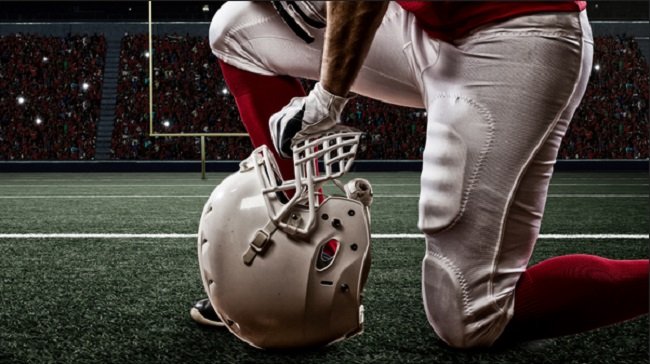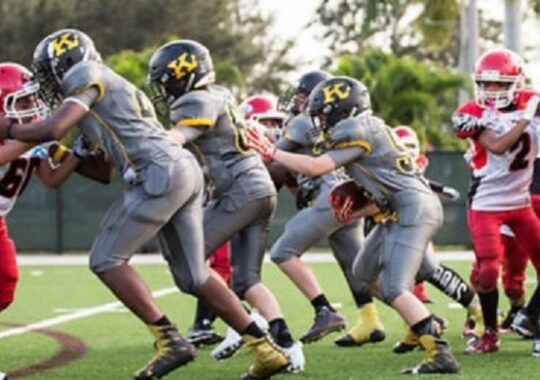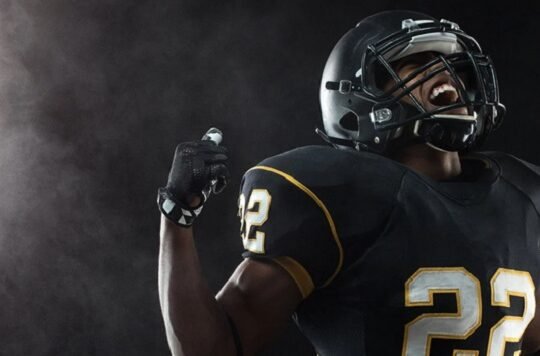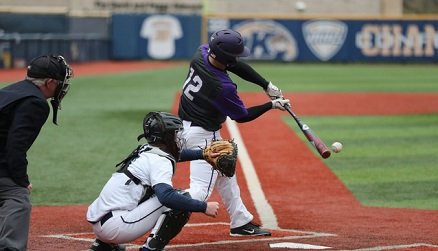Don’t College Football Players Wear Knee Pads NFL and college football players previously wore knee pads for protection against knee injuries. Over time, many players began to forego knee pads to increase mobility, speed, and flexibility. This shift reflects a growing preference for performance and comfort, even though it comes with a higher risk of injury. Despite the protective benefits, the trend towards minimal padding continues to prioritize agility and competitive advantage.
Why Don’t College Football Players Wear Knee Pads?
College football players often forgo knee pads for increased mobility and speed. They believe that smaller or no pads enhance their performance by reducing bulk and allowing for greater flexibility. While knee pads are designed for protection, many players prioritize agility and comfort, despite the increased risk of injury. This trend reflects a broader emphasis on performance and competitive edge in the sport.
What is a knee football pad? Let’s clarify
A knee football pad is a specific type of protective gear designed to safeguard football players’ knees during games and practices. Here’s a detailed overview
Knee football pads are typically made from high-density foam or gel encased in a durable fabric. They are shaped to fit over the knee joint and are often integrated into football pants or worn as separate units that can be inserted into pockets on the pants.
The main function of knee football pads is to absorb and distribute the impact from falls, tackles, and collisions, protecting the knee from bruises, cuts, and more severe injuries.
Many football uniforms have built-in pockets at the knees where players can insert these pads. This integration ensures the pads stay in place and provide consistent protection throughout the game.
Football leagues, including the NFL and NCAA, often have regulations regarding the use of knee pads to ensure player safety. However, enforcement and adherence to these rules can vary.
In summary, knee football pads are crucial for protecting players’ knees from the physical demands of football, helping to prevent injuries and enhance player safety on the field.
Are knee pads required in college?
college football, knee pads are officially required by NCAA regulations to enhance player safety. However, enforcement of this rule can be inconsistent, and many players choose to wear smaller pads or none at all to increase mobility and comfort. This trend prioritizes agility over protection, despite the increased risk of knee injuries.
When have rules changed?
The NCAA reinforced its rule requiring knee pads in college football in 2018, emphasizing player safety. Despite this, enforcement remains inconsistent, and many players still opt for smaller pads or none at all to maintain agility and comfort on the field. This rule change aimed to standardize protective gear use and reduce injury risks.
Similar to the NFL, the NCAA has strict rules against targeting, with severe penalties for hits deemed targeting including ejection from the game.
Changes have been made to kickoffs and fair catch rules to promote player safety, including allowing fair catches inside the 25-yard line to result in a touchback.
Instant replay has been expanded in college football to review targeting calls, turnovers, scoring plays, and other critical moments during games.
The NCAA periodically updates uniform regulations, including equipment requirements like helmets, pads, and jerseys, to ensure player safety and uniformity across teams.
These rule changes reflect ongoing efforts by both leagues to balance safety with maintaining the integrity and excitement of the game.
What risks does a player take without knee pads?
Playing without knee pads exposes football players to several risks, including:
- Increased Risk of Bruises and Abrasions: Without knee pads, players are more susceptible to cuts, scrapes, and bruises from falls and tackles.
- Higher Chance of Impact Injuries: Knee pads absorb and distribute the force of impacts. Without them, players risk more severe injuries such as contusions and bone bruises.
- Ligament Damage: The lack of padding can lead to greater stress on the knee ligaments during collisions, increasing the risk of sprains or tears to ligaments like the ACL, MCL, and PCL.
- Fractures: Direct blows to an unprotected knee can result in fractures to the patella (kneecap) or other bones in the knee joint.
- Long-Term Joint Issues: Repeated impacts and injuries without adequate protection can lead to chronic knee problems, including arthritis and decreased joint function over time.
Overall, foregoing knee pads compromises player safety, leading to both immediate injuries and potential long-term health issues.





